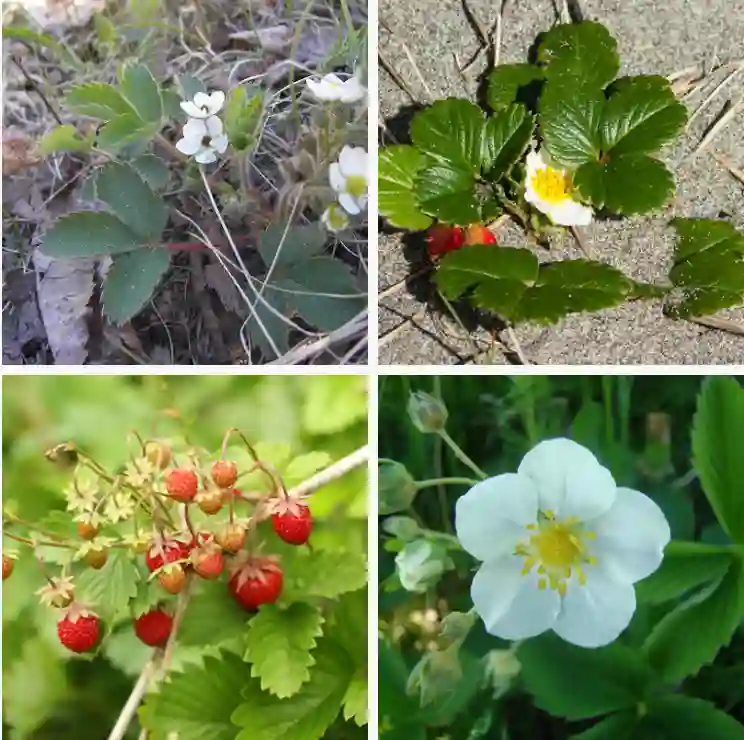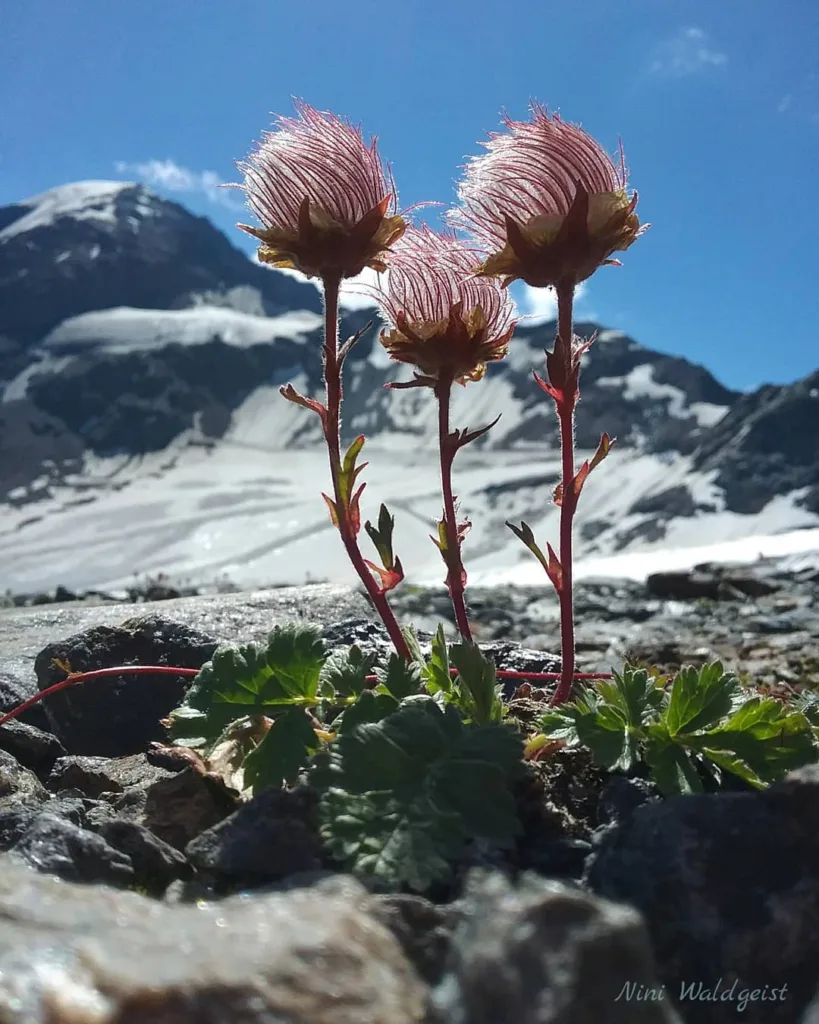
Vicia Sativa: A Versatile Legume for Gardeners and Farmers
Vicia sativa, commonly known as common vetch or simply vetch, has become a familiar sight in my garden. This hardy annual legume has surprised me with its adaptability and usefulness. From enriching the soil to providing food for pollinators, vetch has become a valuable asset in my gardening practices.
250 Species in Genus Vicia
What is the native range of Vicia sativa?
Vetch’s origins trace back to the Mediterranean basin, West and Central Asia. Today, it’s naturalized across the globe, thriving on every continent except Antarctica and the Arctic. This widespread presence speaks to its resilience and ability to adapt to diverse climates.
What is the mature size of Vicia sativa?
Imagine a sprawling vine reaching up to two meters (6.5 feet) in length. That’s the potential size of a mature vetch plant. Its hollow stems, typically hairless or sparsely haired, support delicate leaves arranged in pairs. While vetch can stand on its own to some extent, it thrives with support from other plants or structures in the garden.
Vicia Sativa vs Villosa
I’ve found that Vicia sativa grows faster and seems more adaptable in my garden compared to Vicia villosa, which tends to be a bit more finicky about soil conditions and takes longer to establish.
Does common vetch (Vicia sativa) have thorns?
Fear not, fellow gardeners! Unlike its prickly cousin, the crown vetch, Vicia sativa is thornless. This makes it a pleasant addition to the garden, allowing for easy handling without the worry of scratches or snags.
How to grow Vicia sativa?
Vetch is a low-maintenance plant that thrives in cool weather. Here’s how to cultivate this beneficial legume in your own garden:
- Planting: Sow vetch seeds directly in your garden bed in early spring or late fall. Aim for a depth of about 1-2 cm (½ – ¾ inch) and space the seeds 2-3 cm (¾ – 1 inch) apart.
- Light: Vetch prefers full sun but can tolerate partial shade.
- Soil: Well-drained, moderately fertile soil with a slightly acidic to neutral pH (6.0-7.0) is ideal.
- Watering: Keep the soil consistently moist, especially during germination and early growth. Once established, vetch is fairly drought-tolerant.
Bonus tip: Vetch is a nitrogen fixer, meaning it enriches the soil with this essential nutrient for future plantings. However, vetch needs specific rhizobium bacteria in the soil to perform this magic. If you’re planting vetch for the first time in your garden, consider inoculating the seeds with the appropriate bacteria to ensure a successful nitrogen-fixing relationship.
How to care for Vicia sativa?
Vetch is a low-maintenance plant that requires minimal care. Here are some basic tips:
- Watering: Water regularly during dry spells, especially when the plants are young.
- Fertilizer: Vetch generally doesn’t require additional fertilizer due to its nitrogen-fixing abilities.
- Support: While vetch can sprawl on its own, providing some support structures like stakes or trellises will help the plants climb and maximize growth.
Companion planting: Vetch pairs well with various vegetables like tomatoes, peppers, and eggplants. It provides ground cover, suppresses weeds, and fixes nitrogen in the soil, benefiting these companion plants.
What is a fact about Vicia sativa?
Vetch is a valuable food source for pollinators like bees and butterflies. Its purple, pink, or white flowers attract these beneficial insects, promoting biodiversity in your garden. Additionally, vetch seeds can be a nutritious food source for poultry and livestock.
How to control Vicia sativa L.?
While vetch offers numerous benefits, it can sometimes become overly enthusiastic in its growth. Here are some ways to manage vetch if it becomes unwanted:
- Hand-pulling: For small infestations, hand-pulling is an effective method. Ensure you remove the entire root system to prevent regrowth.
- Mowing: Regularly mowing vetch before it sets seed can help control its spread. However, be mindful not to mow too low, as this can damage the plants.
- Herbicides: As a last resort, consider using selective herbicides labeled for broadleaf weeds. Always follow the instructions on the herbicide label carefully.
By understanding the growth habits and benefits of Vicia sativa, you can harness its potential to enrich your garden. From improving soil fertility to attracting pollinators, this versatile legume can be a valuable addition to your gardening repertoire.
If i die, water my plants!



